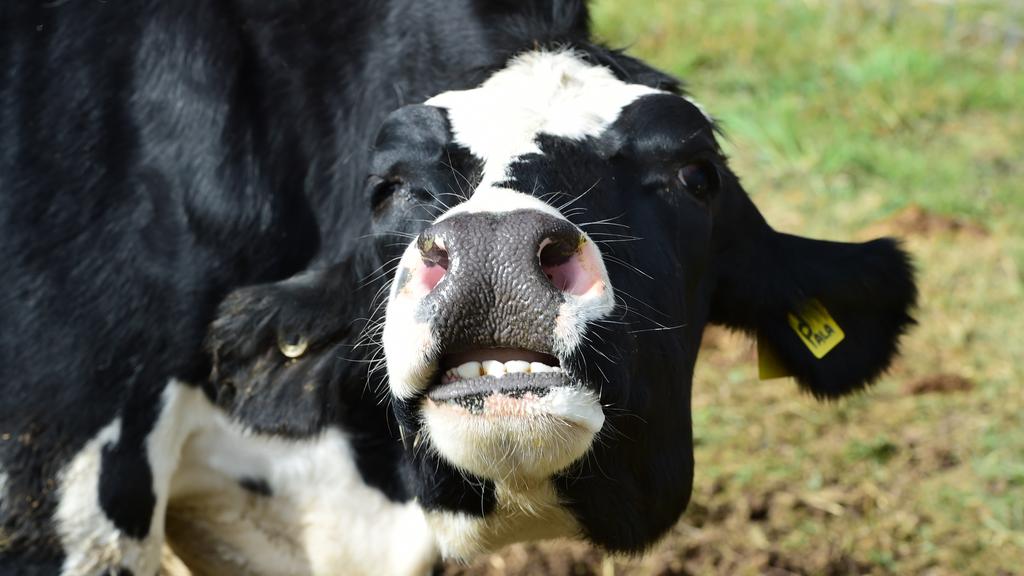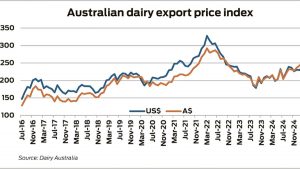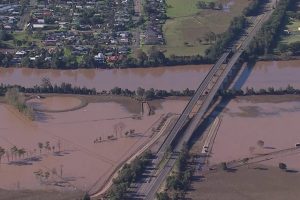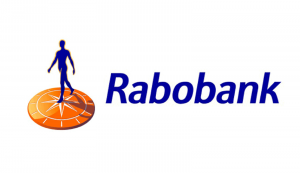
February production was down 16 per cent across Victoria in February, according to Dairy Australia, with the state’s northern farmers suffering a whopping 26 per cent slump.
Buyers, ranging from interstate processors to small Melbourne cheese makers, say while supply normally tightens this time of year, the shortage was severe and prices were well above normal.
One major interstate processor said the Victorian spot price “was far in excess of the farmgate price”.

The 60c/litre price equates to about $7.80 a kilogram of milk solids, compared to about $6/kgMS being paid to farmers by Fonterra, Saputo and Bega Cheese.
Floridia Cheese production manager Fabio Portella, who buys about half his milk direct from farmers, with the remainder split between brokers and processors, said the current spot price was 59-60c/litre.
“The milk is coming from Koroit or the north depending on where brokers have swap arrangements,” Mr Portella said.
“My discussions with everyone is, to maintain the milk pool, they need to pass some of the increase back to farmers.
“We have some groups of farmers who have looked at pooling their milk to form smaller brokerage companies and others who are looking for three-year fixed prices.”
The high domestic spot market price has raised questions about just how much of the local market premium is being passed back to farmers.
United Dairyfarmers of Victoria president Paul Mumford said such a significant lift was good news for struggling farmers.
“It’s an indication of what next year’s (season’s) milk prices will be,” Mr Mumford said.
“And it’s potentially good for farmers who want to stay in the dairy industry. It’s going to be very interesting in July.”
One industry analyst said the battle for dwindling supplies was likely to see an industry shake-out, given the excess processing capacity, with Bega Cheese the most vulnerable, as it lacked the international backing of rivals Saputo and Fonterra.
But the slump is yet to flow through to international markets, with the latest year-to-date trade statistics showing Australia was still on track to import $2 of dairy products for every $3 worth it exported.

























